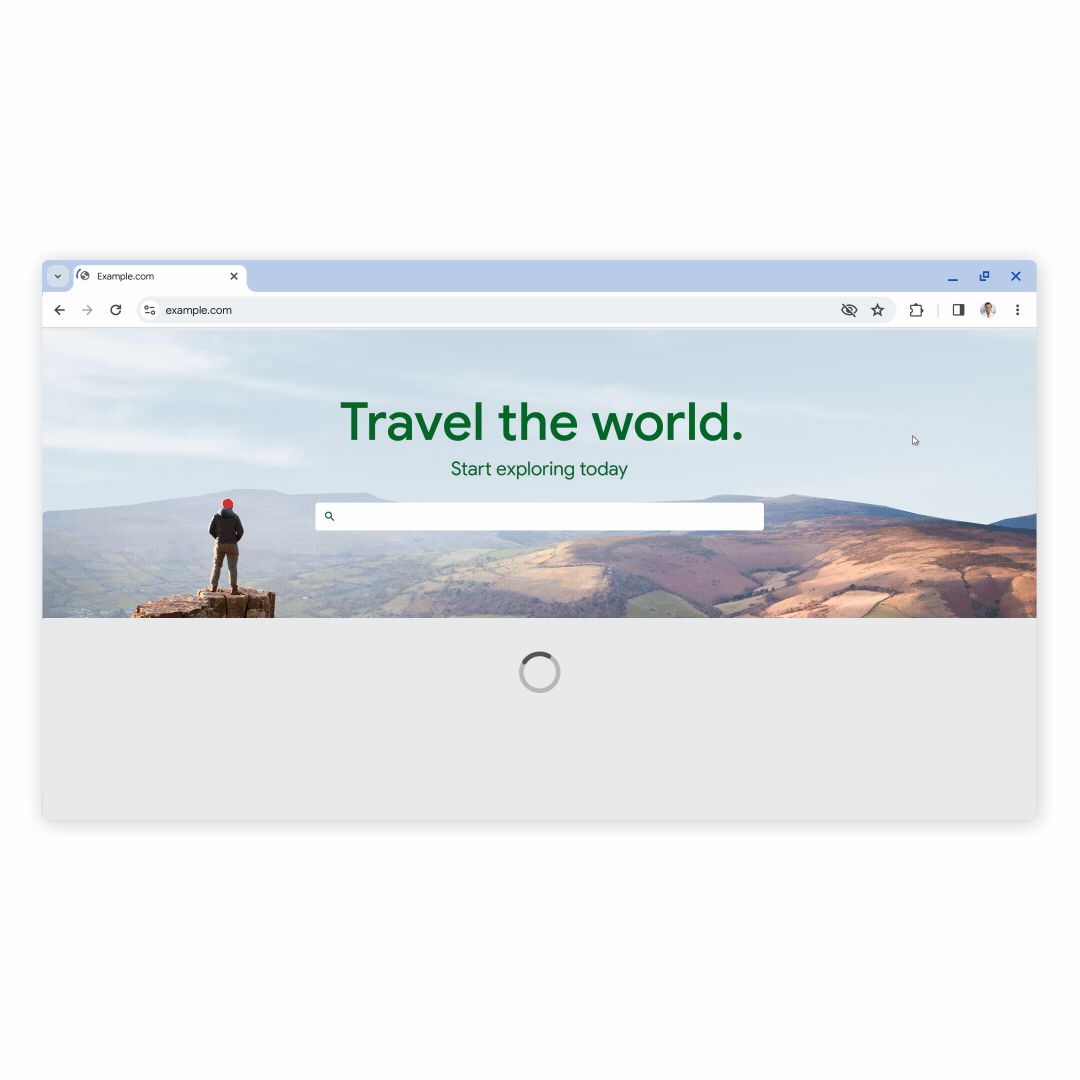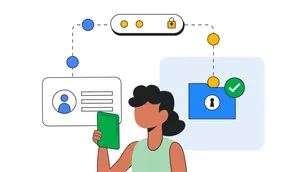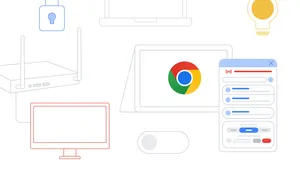The next step toward phasing out third-party cookies in Chrome

When it comes to improving privacy on the web, the work is never finished. That's why in Chrome, we continue to invest in features that protect your data and provide more control over how it’s used. This includes taking steps to limit the ability to track your activity across different websites.
On January 4, we'll begin testing Tracking Protection, a new feature that limits cross-site tracking by restricting website access to third-party cookies by default. We'll roll this out to 1% of Chrome users globally, a key milestone in our Privacy Sandbox initiative to phase out third-party cookies for everyone in the second half of 2024, subject to addressing any remaining competition concerns from the UK’s Competition and Markets Authority.
The role of third-party cookies
Third-party cookies have been a fundamental part of the web for nearly three decades. While they can be used to track your website activities, sites have also used them to support a range of online experiences — like helping you log in or showing you relevant ads.
With the Privacy Sandbox, we’re taking a responsible approach to phasing out third-party cookies in Chrome. We’ve built new tools for sites that support key use cases, and provided time for developers to make the transition. And as we introduce Tracking Protection, we’re starting with a small percentage of Chrome users so developers can test their readiness for a web without third-party cookies.
What to expect from Tracking Protection
Participants for Tracking Protection are selected randomly — and if you’re chosen, you’ll get notified when you open Chrome on either desktop or Android.
If you’re selected for Tracking Protection, you’ll see a notification.

And that’s it! As you browse the web, third-party cookies will be restricted by default, limiting the ability to track you across different websites.
If a site doesn’t work without third-party cookies and Chrome notices you’re having issues — like if you refresh a page multiple times — we’ll prompt you with an option to temporarily re-enable third-party cookies for that website from the eye icon on the right side of your address bar.
You can re-enable third-party cookies by clicking on the eye icon.

As we work to make the web more private, we’ll provide businesses with tools to succeed online so that high quality content remains freely accessible — whether that’s news articles, videos, educational information, community sites or other forms of web content. With Tracking Protection, Privacy Sandbox and all of the features we launch in Chrome, we’ll continue to work to create a web that’s more private than ever, and universally accessible to everyone.






